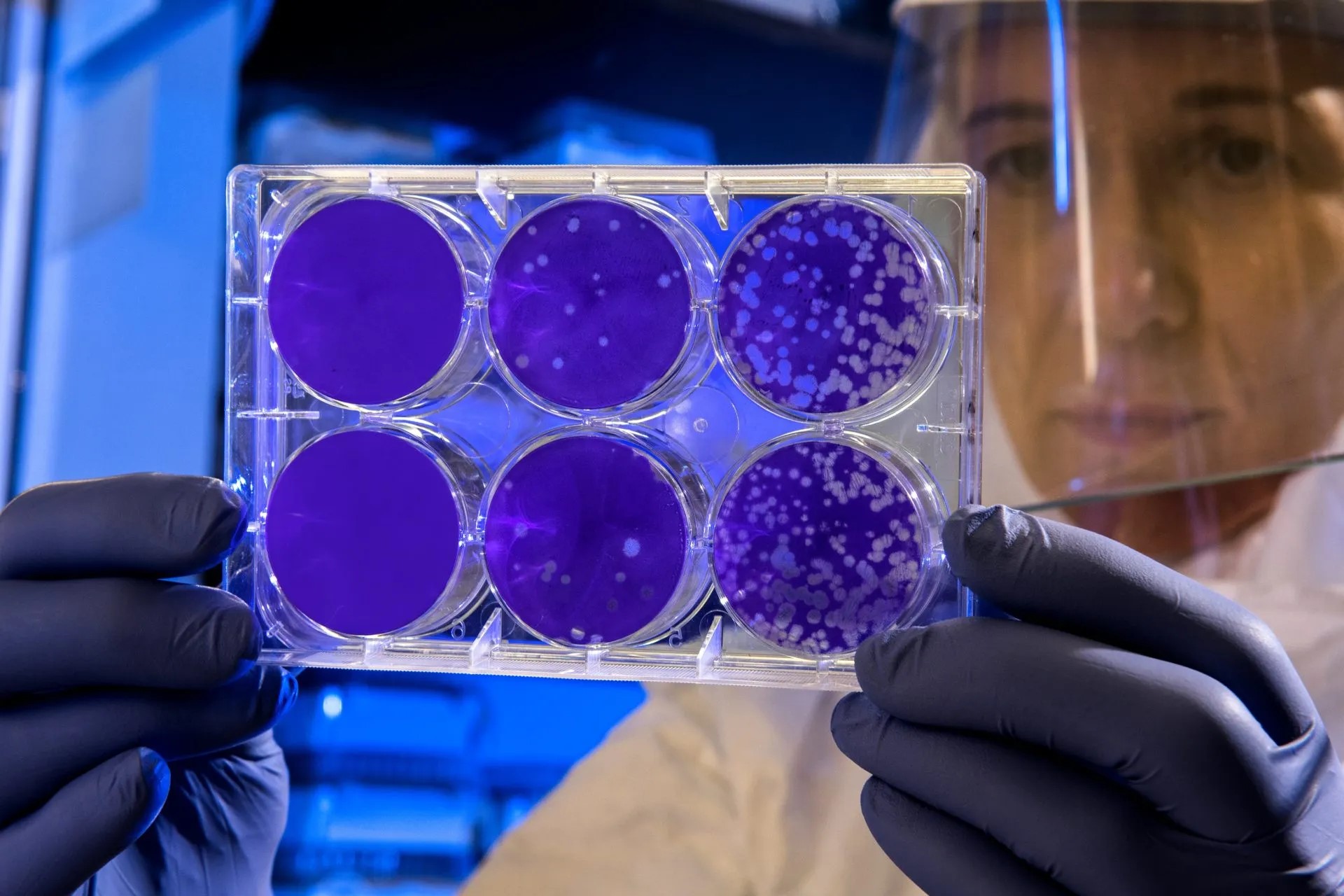Customer challenge
Scale-up of processes, i.e. scaling them up to a larger size, always requires careful thought, especially when they are bioprocesses: living beings behave in a very non-linear way. We need to understand the influence of environmental variables to assess the impact of a change on biology.
In this case, mammalian cells are grown to produce antibodies for use in a specific treatment. Scale-up to a larger bioreactor requires some physical testing for oxygen transfer, but the impact on cell yield is difficult to assess.
Another difficulty is the data available:
- When a culture recipe is established in the pharmaceutical field, the operating conditions are fixed, which implies that the batches are mostly the same. Scale-up will certainly modify this operating point (different bioreactor, different control devices, etc.) and it is therefore difficult to assess the impact on process yield;
- The sampling rate is high for environmental variables such as oxygen levels, but really low for biology: 1 measurement per day.
Technord’s solution
The current operating point has been modeled with differential equations that can represent the evolution of variables (biomass, antibodies, oxygen supply, kLa). In this way, the evolution of biology is linked to high sampling rate measurements and can be described with the same dynamics as these measurements. The model becomes an online software sensor, describing what’s happening in the bioreactor.
To assess the impact of scale-up on the efficiency of the cell culture process, the next step may be to ‘scale-down’ the process into small (inexpensive) batches exploring different operating conditions. The impact of the change in operating point on biology can then be assessed by interpolating known and modeled operating points. The result is a decision-making tool that can help with batch management (yield guaranteed or not? Whether or not to start a new batch in the event of a problem).
Gain for the customer
The software sensor becomes a monitoring tool that can track drifts from defined operating points and may send alarms to crop operators to save the batch. The decision support tool saves production time: if the batch has drifted for a few hours, is it worth continuing with the current batch, or is it better to start a new one and save production time?
Once again, operational gains can easily be translated into financial gains.










